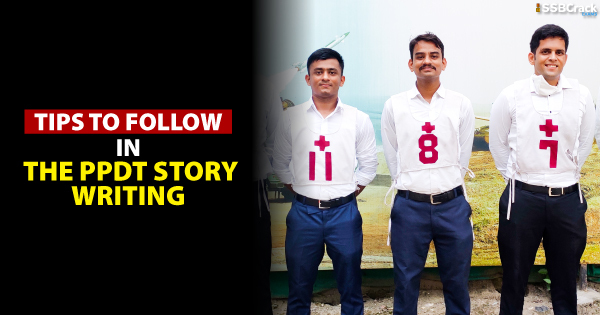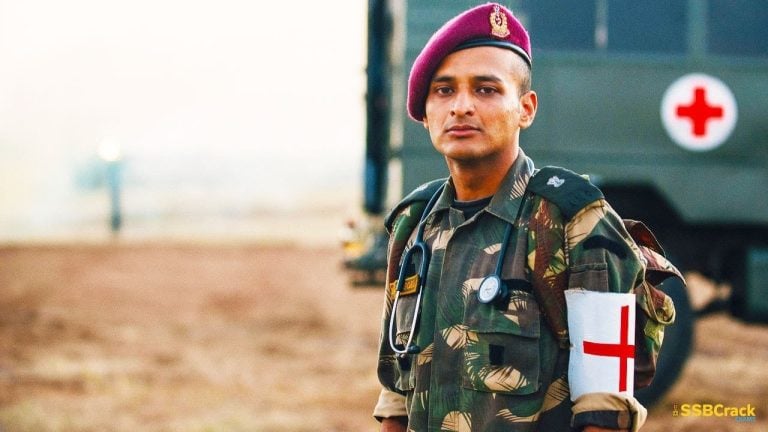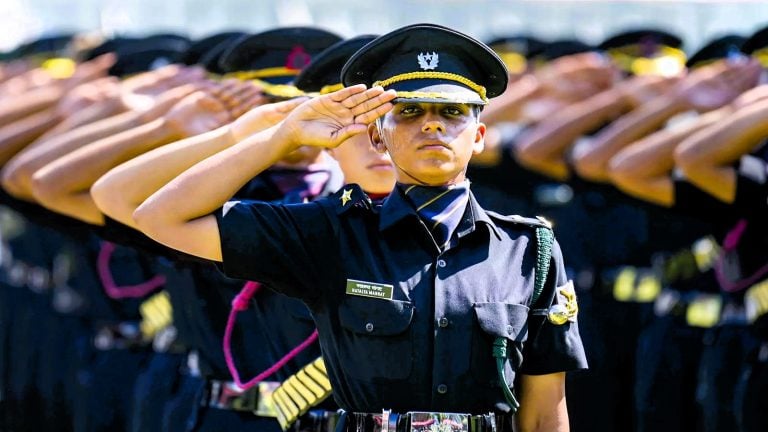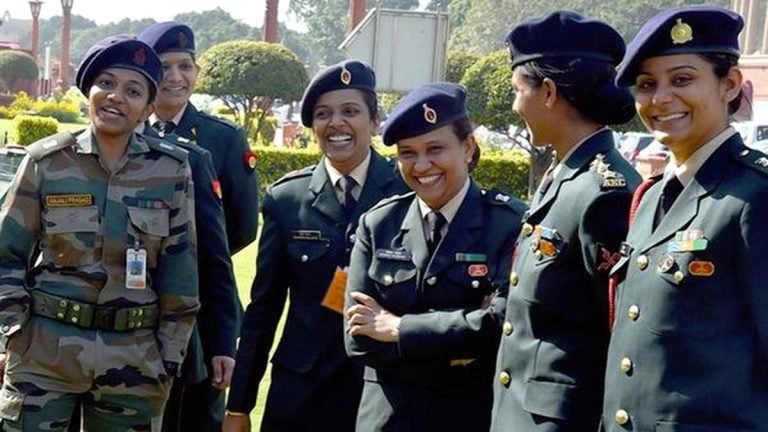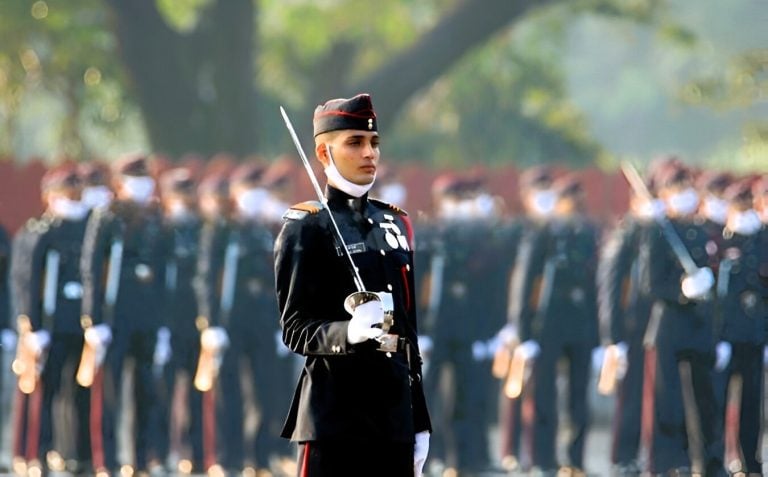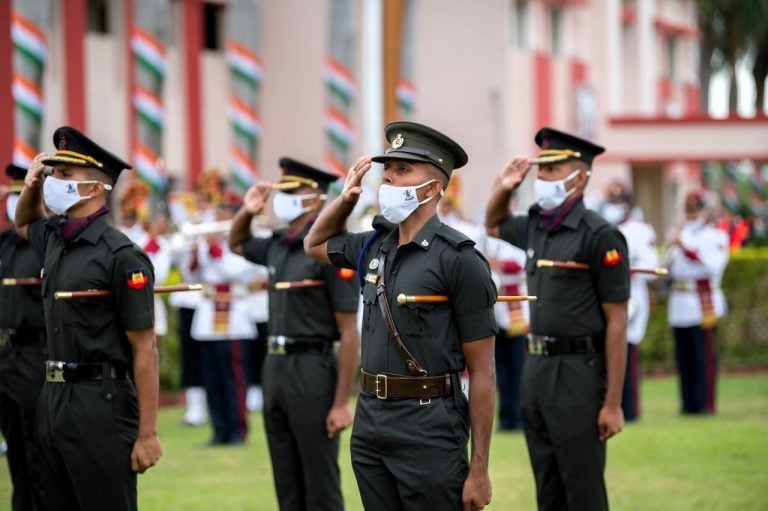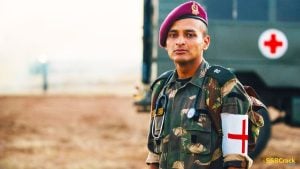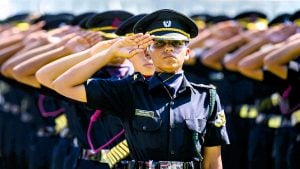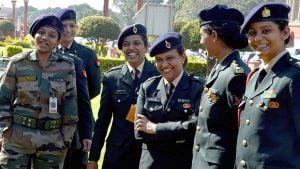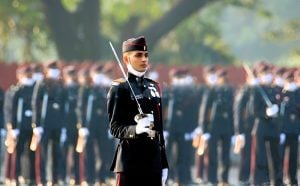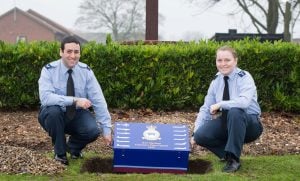Picture Perception and Description Test or PPDT is the second test of SSB Stage-1 screening after the OIR Tests. In PPDT, a picture is shown to you for 30 seconds and approximate time of 4 minutes is given to you to write a story on it. After writing the story, you are asked to narrate the story with the group that you are in later on in front of the assessors and ultimately a Group Discussion as well.
Just as important SSB is for joining the defence, PPDT is as important for going to Stage-2. Here is the compilation of some tips which you can use to write the best PPDT story according to the SSB recommended candidates.
1. The story is something which depicts the level of imagination and certainly measures your personality. If you are writing a story and correlating it to your personality then you must know about yourself too. For example, if you see a story and you write about a character that has taken bold moves and action while working with a group but you don’t like to mingle in the society with people, so here is a problem creation i.e., faking yourself. Rather write something which you have in you and depict it in the character you are mentioning as your main character in the story.
2. The picture that will be shown to you will be hazy and you will get only 30 seconds to observe the picture. Use this time to maximize your observation about the picture. You should be able to decide the number of the characters shown in the story and this should be followed by deciding the main character of your story among all other characters. Focus on the surroundings or the background of the picture as it will help you in creating a theme about your story. While observing you should be able to see minute details in the picture like the activities that the characters are doing and their exact mood plus the resources available in the picture that you can use in the picture to make it more realistic and efficient.
3. You should be able to create the main character of your story in the first 5 seconds when the picture is shown to you. The main character of your story should be proactive in the approach and should take actions for the betterment of the existing crisis or the situation if given. It is very important that you should project your main character doing things which are realistic and common in practical life. This can be done by assuming yourself in the same situation as that of your main character and by thinking about what you would have done if you were in his place.
4. Don’t try to create unnecessary problems, disasters and tragic situation when they aren’t shown in the picture. You shouldn’t project your main character as someone who you aren’t in your life. Likewise, if any seemingly negative picture is shown as the scene of a death or accident then doesn’t try to escape the situation and face it as an armed forces officer will do. Don’t try to spin off the theme shown in the picture and write something entirely different with varied context. Try to stick to the theme shown in the picture.
5. Some candidates prepare a story beforehand and whatever the picture is shown, they will write that preconceived story even if it doesn’t matches with the picture shown to them. Writing such stories in a preconceived and pre-decided manner will not only hamper your chances for the screen in but will leave a bad taste about your poor comprehensive skills and basic intelligence level. Therefore, the best possible route is to be natural and act to the story shown by writing the very first thought that comes to your mind. The assessors are looking for candidates with natural responses and unique thought process who are showcasing the probabilities of possessing OLQs.
6. Though your responses should be natural you won’t be able to write a story in the good format and proper sentence structure if you haven’t done a good amount of practice. The allotted time is ticking fast and you have to write the story in understandable handwriting and proper sentences. You can’t afford to stop here at this junction and think about the further story as the full format of the story should be clear in your mind even before you start writing the story. Start doing timed practice by keeping blurred and hazy pictures in front of you and then writing a story on them by keeping in mind about your natural reaction to the stimuli.
7. The introduction of the main character shouldn’t be much detailed but at the same time, it shouldn’t be done hastily too. The main character should be introduced in such a manner that the assessor gets to know the motive behind each word that you have written about it with regard to the context of the story. Also, the process and action should be kept in mind and not unnecessary adjectives to describe the main character as the action written by you will further elaborate on the qualities of the main character.
8. The story written by you should be short, crisp and to the point. The objective of the story should be crystal clear and there shouldn’t be any space for dilly-dallying actions that do not concern the main theme of the story. Every action and each word should be in relevance to the context of the story. Try to write the story from the point of view of a common but aware man who doesn’t assume unrealistic things straight from the movies. You should be able to convey your exact thoughts through your story as it shows that you do possess good imaginative and practical skills.
9. The core aspect of a military officer is about action to the situation in front of him. Usually, the decisions have to be taken in a matter of split seconds and that’s why he should be alert and agile and should have a hawk-eye observation. You should be able to observe all the things in the picture like an officer and then present it in a structured manner. Decision making is important and writing about only thoughts and no action will show you in a poor light.
10. The story written by you should be divided into three parts and described accordingly. The three parts should be “What has happened in the picture?”, “What is currently happening in the story/picture?” and “What are the possible future outcomes or what will happen in the story?” These three are the aspects of the story writing and you should be able to properly formulate your story according to these points and allocate concussed lines for each of these.
11. You should always remain cool and maintain the temperament no matter what is shown. You have to know that there will be pressure while writing as time is limited. Also, sometimes nothing strikes your mind when you see the picture. But, there’s no need to panic as you have to concentrate hard on the picture shown and should try to relate to the environment surrounding you. You have to stay calm and composed as this quality will sail you through stage 1.
I will conclude this article by saying that the most important part is listening, people will come and give you many suggestions as per their experiences but the main thing is that you must listen carefully and adhere to it what will be instructed to you at the time of briefing before PPDT by the Psychologist. Listen to him/her as he/she will give you every minute detail of it. The thing is that you must have an open mind in order to use your imagination.
You can prepare for SSB interview and defence entrance exams such as NDA, AFCAT, INET, and CDS by taking Written Online courses as they will not only give you access to full-length quality lectures but will also provide the facility to take standardized mock tests for better study and strategic growth in the exam. You can take multiple quizzes after each lesson to ensure the full understanding of the subject along with creating your customized lesson plans. You can check out the course content along with other important specifics at SSBCrack exams.
You can also access them through the SSBCrack Exams app available in the google play store.
Jai Hind

